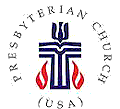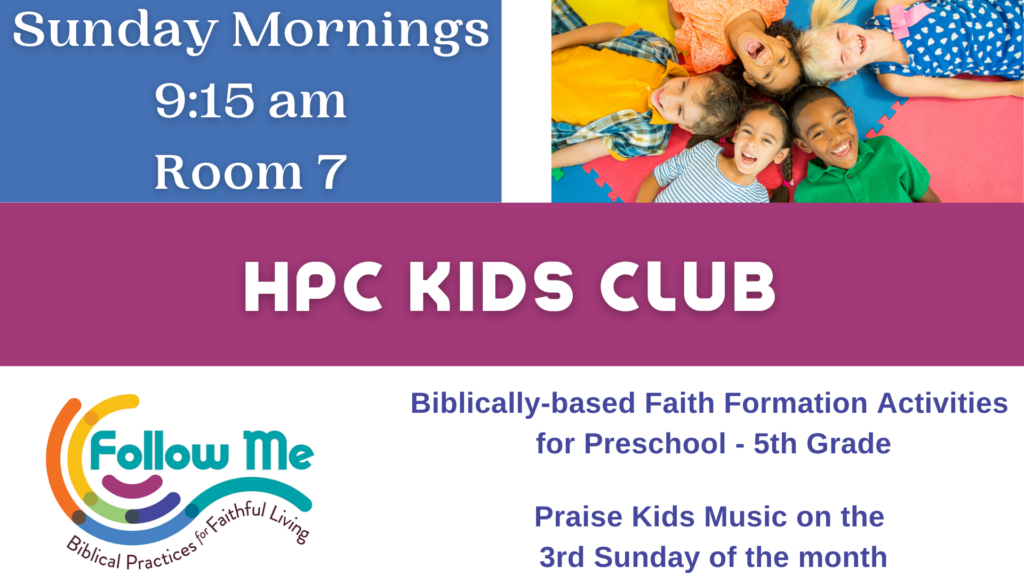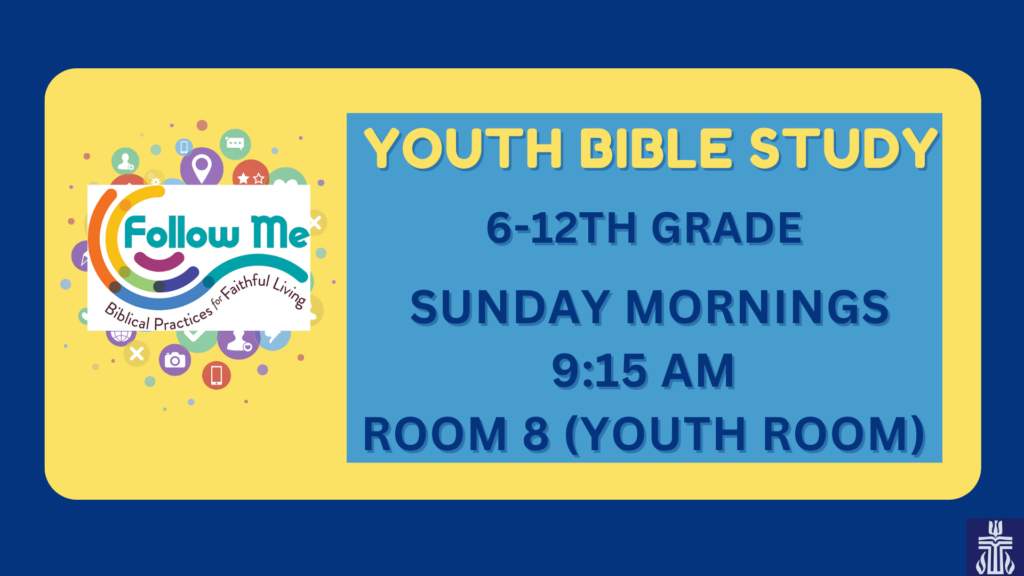How many of you spent some time in the past few days decorating for the holidays? For me, one of the best things about the holiday season is enjoying decorations. While I am one who prefers to wait until after Thanksgiving to put them up, now that the time is here, I am excited to enjoy them. Specifically, I love Christmas lights. Whether on a tree, candles in a window, or in the lawn, it is beautiful to see those twinkling lights. When I was little, there was a house not too far from us in Manassas, Virginia, whose yard was covered in different Christmas light scenes, from Charlie Brown to the Christ child. I love discovering those gems in each place I visit. I’ve even enjoyed driving through the Bristol speedway or state parks, complete with a cup of hot chocolate and Christmas music playing. There’s something magical about lights. Have you ever seen infants on their first Christmas? Here’s what Nathan looked like two years ago [show picture]. They can sit and stare at a lit tree or string of lights for an amazingly long amount of time. Even now, one of my favorite things to do is sit in the living room with only the Christmas tree lights on. There is something quite peaceful and reassuring about those little lights nestled among the branches that brings a sense of calm to the hustle and bustle of the holiday season.
Thanks to some wonderful volunteers, our Sanctuary is now festive for the season. But more than just being pretty, our decorations offer a liturgical purpose. They remind us that the season of Advent has begun, the start of a new church year, and help draw us in to the awe and wonder of preparing for Christmas. During the next four weeks, we’ll hear a lot about light. Our worship will begin with the lighting of candles, a reminder of the light of the world that is to come. They help us build our anticipation, adding one flickering flame each week, as we eagerly wait to celebrate the birth of our Savior, lighting the way to the manger and leading us to Christmas Eve when we will sing Silent Night with our own candles flickering. But we aren’t there just yet. In fact, we have a ways to go first. Advent, is our journey to get there. In children’s chapel this is illustrated with a long purple road that leads to an outline of the city of Bethlehem, and describes the next four weeks in this way:
“This is the season of Advent, the time we get ready to celebrate the mystery of Christmas, the time we are all on the way to Bethlehem. . . But who will show us the way? . . . The prophets. . . prophets listen to God. So they can show us the way.”(1)
We begin Advent with the words of the prophet Isaiah, who invites us on the journey saying “come, let us walk in the light of the Lord!”
The writings in Isaiah are among the most dazzling and complex in all of our Scriptures, speaking to a complicated community. In these opening chapters, likely written sometime in the 8th century BCE, the people are on the brink of the Syro-Ephraimitic war, as the northern kingdom of Israel and the Aramaean kingdom of Damascus tried to force Judah into an unwise alliance in opposition to the Assyrian Empire. When these foes finally laid siege to Jerusalem, King Ahaz turned to the prophet Isaiah for advice and assurance.
Isaiah is known as the “poet of light,” offering powerful imagery of light and life even as he condemns the current priorities of God’s people. In these and other images, the prophet offers a vision of a new heaven and a new earth, prompting the people of God to look ahead to the future and imagine a world in which God, not them, is center-stage. The people in Jerusalem will experience one challenge after another, often brought upon themselves because of pride and arrogance that puts distance between them and God. And yet, this vexing city is an integral part of God’s plan and purpose for the world, so the prophet speaks repeated words of hope and promise in the midst of struggle.
One of his first images features people of all nations coming to the mountain of God and joining together. This means the people of Israel and others – a radically inclusive group that would have been virtually impossible to imagine. A critical part of this interaction is that they come as students, sitting together to learn from the Almighty and seeking wisdom and council for where to go next. The prophet’s vision is not accidental – he wants to remind the people of Israel that their help and guide comes not from their own devices, but from God, and more specifically, from the Torah. All the students, it seems, are on a level playing field and have something to learn. It is the Word of God which will be their guide and open them to new possibilities. Isaiah’s vision is of a community that comes together to discover that path.
This, I think, is a vision many of us can get behind. Like the people of Isaiah’s day, we too are people of God who long for such an image of peace and harmony. We read this text on the first Sunday of Advent as a reminder of hope and aching expectation for the world. Advent is a chance to imagine the world not as it is, but as it should be, and Isaiah paints a beautiful picture for us. The second image gets even better. The very things that separate and divide – weapons- are no more. This is significant. They are not just laid aside. They are transformed into useful tools for growth in a way that only God can do. As one commentary notes:
“It is not enough to end spears and swords as an act of romance or of goodwill. There must at the same time be production of instruments of life, such as plowshares and pruning hooks. Thus human energies and public resources are reassigned to vinedressing and agriculture. The economy is transformed; the earth is also transformed, from battleground to fertile garden.” (2)
Advent doesn’t just hope for an end to the challenges in the world. It proclaims a hope that God will bring about new life; the kind of life that comes in a newborn baby in a manger, and leads to all of creation being restored to right relationship with God. The birth of a Savior.
But Advent isn’t just about that sweet little baby in the manger who was promised long ago. There is another arrival at play for us as Christians – the second coming of Christ. In Advent, we recognize that we are living between Advents, or comings, and are called to embrace the expectation for the time when Christ will indeed return to earth and fulfill in their entirety those promises proclaimed by Isaiah.
Our Epistle reading from Romans highlights the hope of the promise of this second Advent.
Paul calls the early church to look to that day with the same kind of eagerness that the people of Israel had for the hope of a promised Messiah. There is an urgency born of this hope that reminds us Advent is more than just a simple time of waiting to open presents under the tree and sing Away in the Manger; Advent is a time of action. Paul puts it in the imagery of waking up to the dawning of a new day. Cynthia Campbell describes it this way: “. . . it is still dark outside when this theological alarm clock goes off; the day is “near” but not quite here. Perhaps it is that mysterious moment when the darkness of night begins to give way to shadows, and there is just enough light to know that morning is around the corner. This is a time of anticipation, and Paul urges his audience to action. It is time to get up and get dressed!” (3)
No snooze buttons here. We are called to be bright-eyed and bushy-tailed, as if Christ is coming at any moment. The clothing we put on, according to Romans, is Christ, the light of the world. Bathed in this light, we will be ready to face the new day, even if it seems that darkness has not quite departed.
Isaiah calls us out of the darkness, “Rise and shine! Come, let us walk in the light of the Lord!” The words of the prophet are meant to fill us with hope – a hope that God’s word will be enacted. That what has been promised will indeed come true.
God’s word does not return empty but accomplishes its intent. God’s word happens as the word becomes deed. The word, as promise, is always looking toward fulfillment. “The God said, ‘Let there be light’; and there was light” (Gen 1:3).
Advent declares that God’s light is coming into the world, just as it did so long ago in Bethlehem. Our job is to be awake, ready, looking and listening for it to be revealed to us.
In the end, what Isaiah offers is not only a vision of global transformation, but an invitation to live toward that day. . . The future belongs to God, but the first step toward that future belongs to those who have glimpsed God’s light and are willing to trust that enough light lies ahead. (4)
For both Isaiah and Paul, it is God who provides the light. Advent invites us to look for God’s light and seek to follow it, as we string lights of decorations and hear about magi who followed a light in the star. To live in this way is to embrace the mystery of Christmas and align ourselves with ridiculous good news that is unfathomable. To hope in what we do not yet see.
Theologian Henri Nouwen writes that it can be quite a challenge to live in this way:
“Often we want to be able to see into the future. We say, “How will next year be for me? Where will I be five or ten years from now?” There are no answers to these questions. Mostly we have just enough light to see the next step: what we have to do in the coming hour or the following day. The art of living is to enjoy what we can see and not complain about what remains in the dark. When we are able to take the next step with the trust that we will have enough light for the step that follows, we can walk through life with joy and be surprised at how far we go.” (5)
May the hope of the prophets light our way as we go up to the mountain of the Lord together. May we learn God’s ways, and may we walk in his paths. Let us walk in the light of the Lord! Amen.
(1) Sonja M. Steward and Jerome W. Berryman, Young Children and Worship, (Louisville, KY: Westminster John Knox Press, 1989).
(2) Texts for Preaching: A Lectionary Commentary Based on the NRSV – Year A, Walter Brueggemann, Charles B. Cousar, Beverly R. Gaventa ,and James D. Newsome, editors, (Louisville, KY: Westminster John Knox Press, 1995).
(3) Cynthia M. Campbell, “Pastoral Perspective: Romans 13:11-14,” Feasting on the Word, Year A, Volume 1, David L. Bartlett and Barbara Brown Taylor, editors. (Louisville, KY: Westminster John Knox Press, 2010).
(4) Stacey Simpson Duke, “Pastoral Perspective: Isaiah 2:1-5,” Feasting on the Word, Year A, Volume 1, David L. Bartlett and Barbara Brown Taylor, editors. (Louisville, KY: Westminster John Knox Press, 2010).
(5) Henri Nouwen, Henri Nouwen Society Webpage, http://henrinouwen.org/meditation/enough-light-for-the-next-step/. Accessed 11/22/2016.




Leave a Reply
You must be logged in to post a comment.